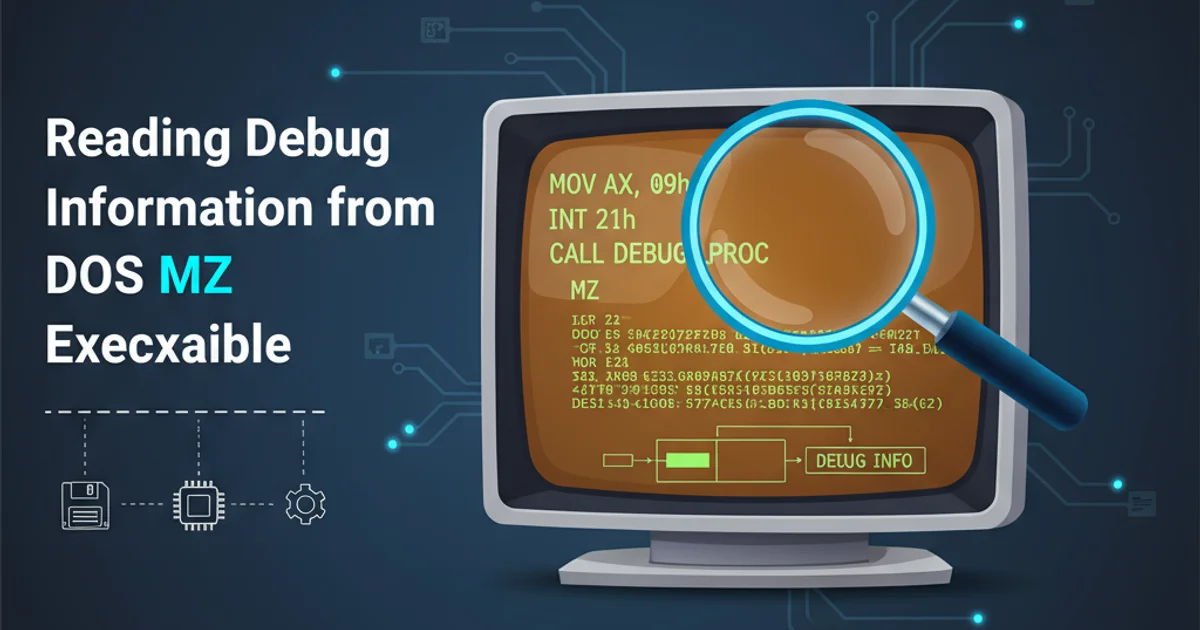Can't change language in Android device
Categories:
Troubleshooting Android Language Settings: When Your Device Won't Speak Your Language

Discover common reasons why your Android device might not be changing its language and learn effective troubleshooting steps to resolve the issue, from basic checks to advanced solutions.
Encountering an Android device stuck in the wrong language can be frustrating, especially if you're unfamiliar with the current language. This article will guide you through various troubleshooting steps to regain control of your device's language settings. We'll cover everything from simple reboots to more in-depth system checks, ensuring you can communicate effectively with your device again.
Understanding Android Language Settings
Android's language settings are typically straightforward, allowing users to select a primary language and often add secondary languages for specific apps or keyboards. The system then applies the primary language to the user interface, system messages, and compatible applications. Issues can arise from various factors, including software glitches, conflicting app settings, or even corrupted system files. Understanding the normal flow of language selection can help pinpoint where the problem might be occurring.
flowchart TD
A[User wants to change language] --> B{Navigate to Settings > System > Languages & input > Languages}
B --> C{Select 'Add a language'}
C --> D{Choose desired language}
D --> E{Drag desired language to top of list}
E --> F{System applies new language}
F --> G{Verify language change}
G --> H{Issue persists?}
H -- Yes --> I[Troubleshooting steps]
H -- No --> J[Language changed successfully]Standard Android Language Change Process
Common Causes and Initial Troubleshooting
Before diving into complex solutions, it's essential to rule out common and easily fixable issues. Often, a simple restart can resolve temporary software glitches. Additionally, ensuring your Android version is up to date can prevent many system-related problems. Check for any pending system updates in your device's settings.
1. Restart Your Device
A simple reboot can often clear temporary software bugs that might be preventing language changes. Hold down the power button and select 'Restart'.
2. Check for System Updates
Outdated software can sometimes lead to unexpected behavior. Navigate to Settings > System > System update (or similar path) and install any available updates.
3. Verify Language List Order
Ensure your desired language is at the very top of the language list in Settings > System > Languages & input > Languages. Drag it to the top if it's not already there.
4. Clear Cache Partition (Advanced)
For more persistent issues, clearing the cache partition can resolve system-level problems without deleting user data. This usually involves booting into recovery mode (steps vary by device).
Advanced Solutions and Factory Reset
If the basic troubleshooting steps don't resolve the issue, you might be dealing with a more deeply rooted problem, possibly related to corrupted system files or a persistent software conflict. In such cases, a factory reset might be necessary as a last resort. This will erase all data on your device, so ensure you have a complete backup before proceeding.
1. Backup Your Data
Use Google Drive, a computer, or an external storage device to back up all essential data from your phone.
2. Perform a Factory Reset
Go to Settings > System > Reset options > Erase all data (factory reset). Confirm your decision and let the device reset. After the reset, you can set up your device and choose your preferred language during the initial setup process.